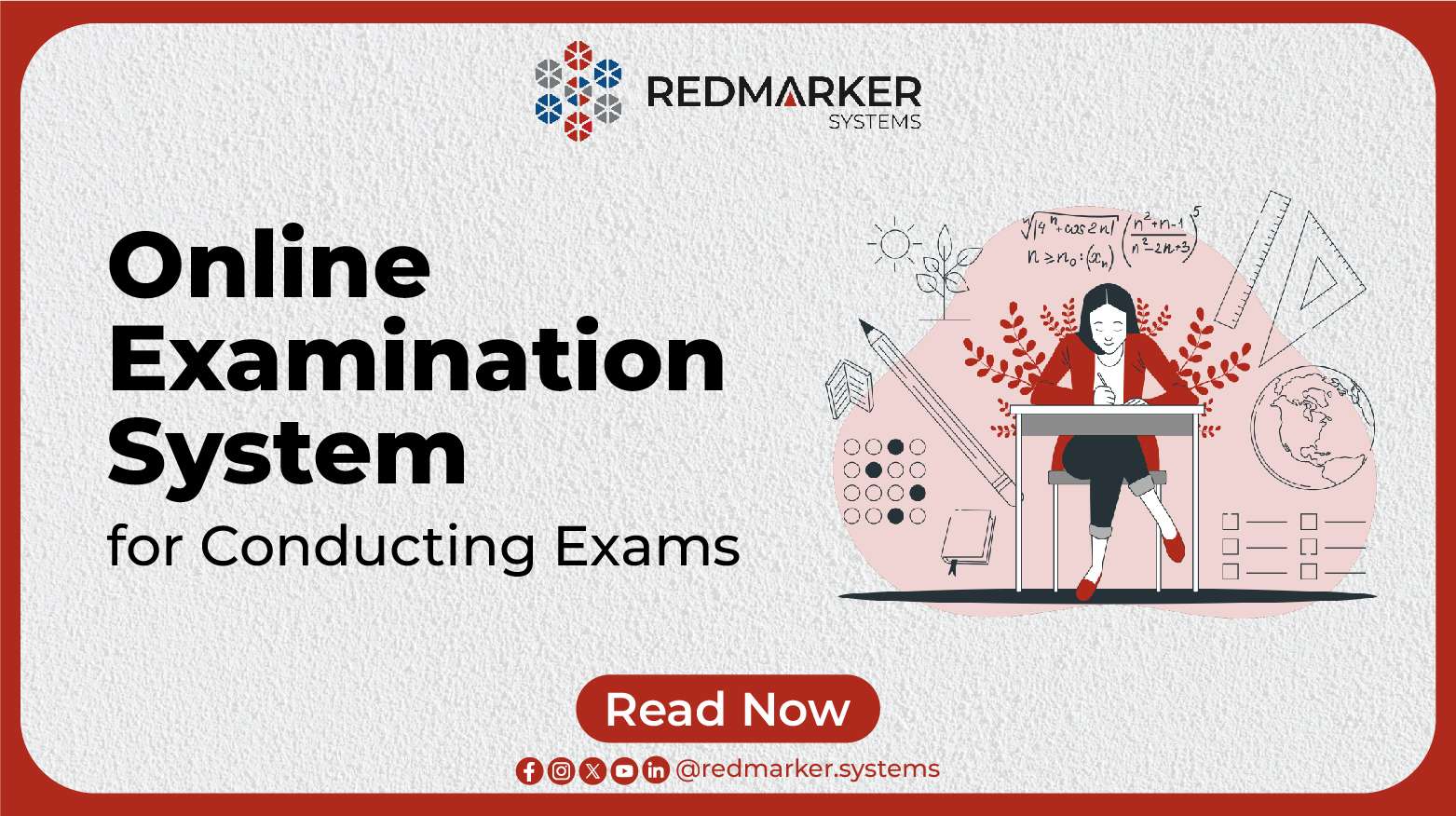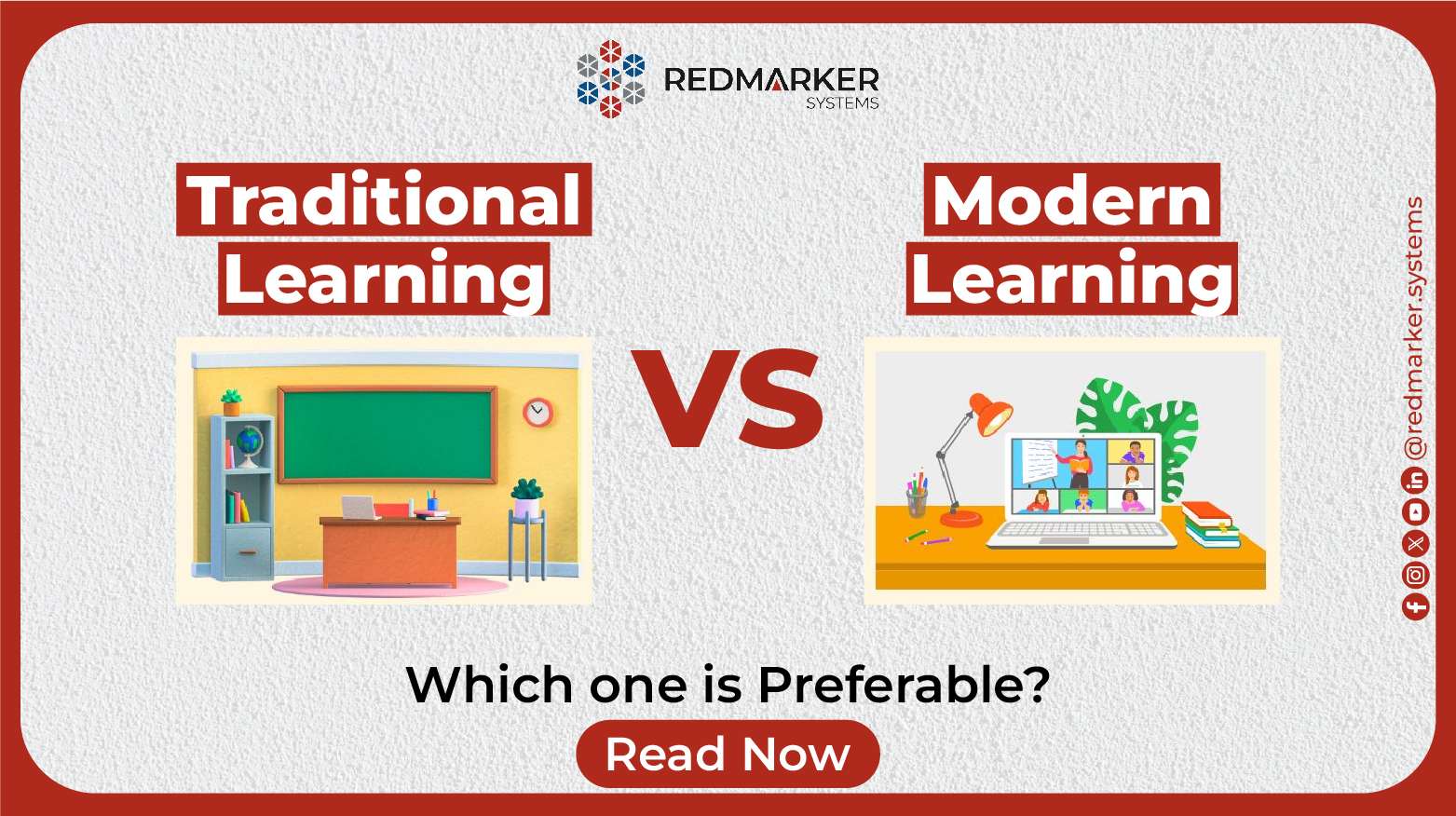E Marking: Transforming Assessment and Grading in Pakistan’s Education System
In the digital age, the landscape of education is rapidly evolving, with technology playing a pivotal role in reshaping traditional practices. One such technological innovation that has significantly impacted the educational assessment process is E-Marking or Electronic Marking.
There are different words to address emarking, It is also known as Online Marking, Onscreen Marking, Virtual Marking, Digital Marking, Online Onscreen Marking as well as Online Paper Marking and Online Paper Checking.
E Marking has revolutionized the way assignments, exams, and assessments are graded and evaluated in Pakistan.
Understanding E Marking
E Marking, in essence, is the electronic evaluation and grading of students’ assignments and assessments. Instead of the conventional paper-based approach, where teachers manually mark and grade each student’s work, E Marking leverages digital tools and platforms to streamline and automate this process. This approach not only enhances the efficiency and accuracy of grading but also opens up new possibilities for data-driven insights into student performance.
The E Marking Process
The E Marking process typically involves several key steps:
Digital Transformation: Assessments, whether they are essays, multiple-choice questions, or other formats, are digitized. This can be achieved by scanning paper-based exams or creating digital assessments from scratch.
Online Grading: Educators use specialized E Marking software or platforms to assess and grade these digital assignments. These platforms often feature annotation tools, rubric-based grading, and automated scoring, making the grading process more efficient and standardized.
Quality Assurance: E-marking systems often incorporate mechanisms for quality assurance. These measures include double-checking grades, ensuring grading consistency, and monitoring for errors or discrepancies.
Feedback and Reporting: Following the grading process, students receive feedback electronically. This feedback may include comments on their work, overall scores, and areas for improvement. E Marking platforms also generate comprehensive reports for educators and institutions to analyze and gain insights into student performance.
The Advantages of E Marking
E Marking offers several key advantages in the educational context:
Efficiency: E-marking significantly reduces the time and effort required for grading, allowing educators to process assessments more quickly and provide prompt feedback to students.
Accuracy: E Marking minimizes human error in grading, ensuring that assessments are scored consistently and fairly.
Accessibility: Digital assessments and E Marking accommodate students with disabilities more effectively. Screen readers and other assistive technologies can be used to ensure a more inclusive evaluation process.
Security: E-marking platforms come equipped with robust security features to protect student data and maintain the integrity of the assessment process.
Data-Driven Insights: E-marking generates valuable data that can be harnessed to analyze student performance, identify trends, and make informed instructional decisions.
Environmental Impact: E Marking reduces the need for paper, making it an environmentally sustainable alternative to traditional grading methods.
Remote Grading: E-Marking facilitates remote grading, allowing educators to assess assignments from virtually anywhere. This capability is especially valuable during remote or hybrid learning scenarios.
E Marking in Pakistan
In Pakistan, E Marking has gained substantial traction in educational institutions, particularly in board examinations and large-scale assessments. A notable development in this regard is the collaboration between RedMarker Systems and all the Boards of Intermediate and Secondary Education from across Khyber Pakhtunkhwa. This collaborative effort is driving the digitalization of the assessment lifecycle by introducing E Marking, thereby ensuring a more efficient, accurate, and streamlined assessment process.
Challenges and Considerations of E-Marking
While EMarking presents numerous advantages, there are also challenges that need to be addressed. Ensuring that both educators and students are proficient with the technology is essential. Additionally, institutions must invest in the necessary infrastructure and training to successfully implement eMarking.
Conclusion
E Marking stands as a transformative force in the realm of educational assessment and grading. By embracing digital tools and platforms, educators in Pakistan can enhance the grading process, provide timely feedback to students, and gain valuable insights into performance trends. As technology continues to advance, E Marking is poised to become an integral component of the educational landscape, ultimately enhancing the learning experience for students and educators alike.
Frequently Asked Questions (FAQs) about E Marking:
What is E-Marking?
E Marking, short for Electronic Marking, is the process of evaluating and grading students’ assignments, exams, and assessments using digital tools and platforms instead of traditional paper-based methods.
How does E Marking work?
E Marking involves the digitization of assessments, either by scanning paper-based submissions or creating digital assignments. Educators then use specialized E Marking software or platforms to grade and evaluate these digital assessments.
What are the benefits of E-Marking?
E Marking offers several advantages, including increased grading efficiency, improved accuracy, faster feedback to students, enhanced security, data-driven insights into student performance, and reduced environmental impact through reduced paper usage.
Is E Marking suitable for all types of assessments?
E Marking is versatile and can be applied to various types of assessments, including essays, multiple-choice questions, short-answer questions, and more. The suitability of E Marking depends on the specific needs and requirements of the assessment.
Are there any security concerns with E-Marking?
E-marking platforms typically include robust security features to protect student data and maintain the integrity of the assessment process. However, institutions must ensure that proper security measures are in place to safeguard against unauthorized access.
How can educators and institutions get started with E Marking?
To implement E Marking, educators and institutions need access to E Marking software or platforms. They should also invest in training for educators to ensure they are proficient with the technology. Additionally, a digitization process may be required to convert paper-based assessments into digital format.
What impact does E Marking have on students?
E Marking offers students faster access to feedback on their assignments and assessments, allowing for the timely identification of strengths and areas for improvement. It can also lead to more consistent and fair grading practices, ultimately benefiting students’ learning experiences.
Is E Marking environmentally friendly?
Yes, E Marking is more environmentally sustainable than traditional paper-based grading methods because it significantly reduces the need for paper. This reduction in paper usage contributes to a smaller environmental footprint.
Can E Marking be done remotely?
Yes, E Marking can be conducted remotely, enabling educators to grade assignments and assessments from virtually anywhere. This capability is particularly valuable during situations that require remote or hybrid learning.
Is E Marking being implemented at a larger scale in educational institutions?
Yes, E Marking is gaining popularity in educational institutions, especially for large-scale assessments such as board examinations. Collaborations between edtech companies and educational boards are facilitating the digitalization of assessment processes.


